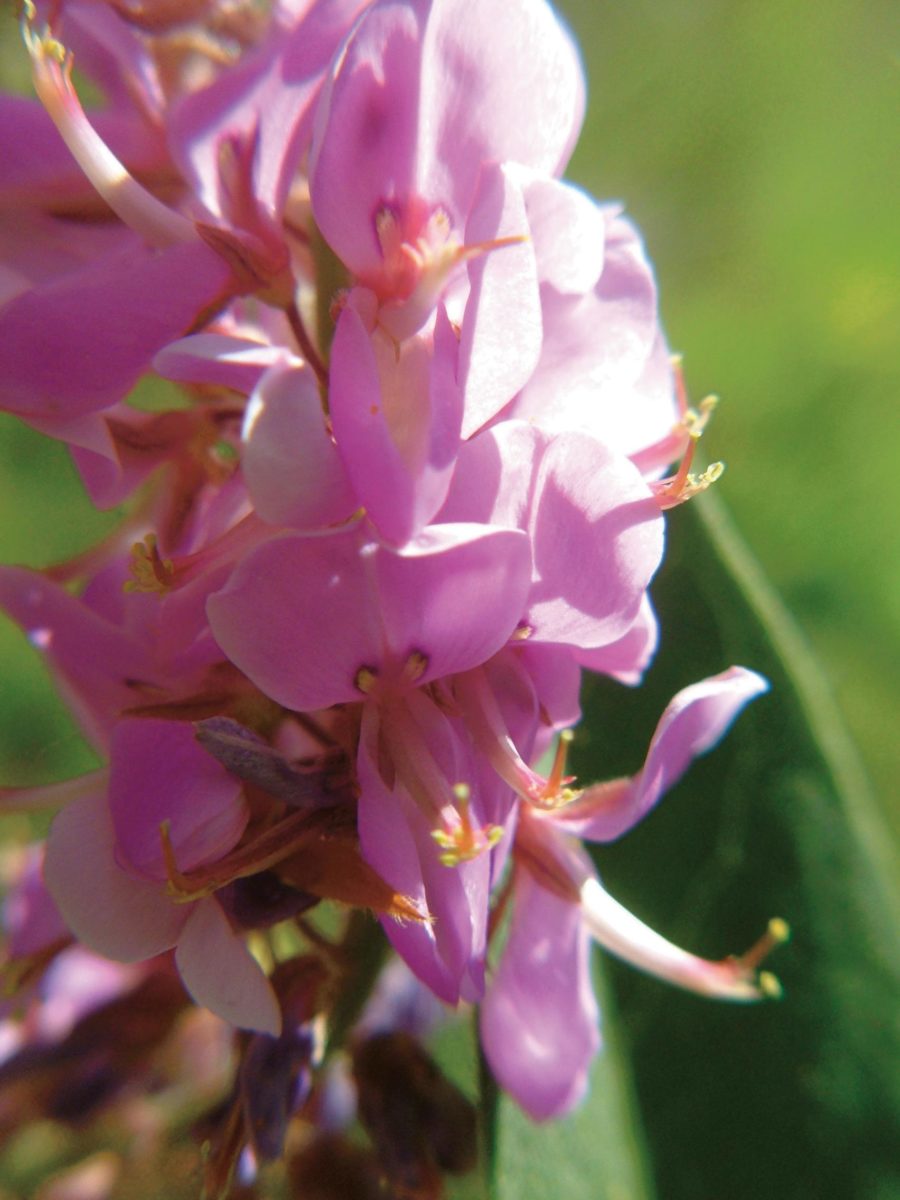
The various traits a flower exhibits are called pollinator syndromes by botanists (Table 4.1) [PDF]. These traits include a flower’s size, shape, color, scent, amount of nectar and pollen, and the time of day in which a flower blooms. Variations in any of these traits make a flower more or less appealing to specific types of pollinators.
By understanding the typical characteristics of different pollinator syndromes, you can make an educated guess as to what animal may visit a particular flower (Figure 4.10). In fact, even completely unrelated plants may have similar looking flowers if they are visited by the same species of bee. This type of knowledge can be valuable when faced with the challenge of propagating an unusual plant species for which little published information exists.
It is important to remember that pollination syndromes are not static. Rather, the traits that flowers exhibit are in a state of continuous change as both flower and pollinator adapt to take better advantage of each other.
